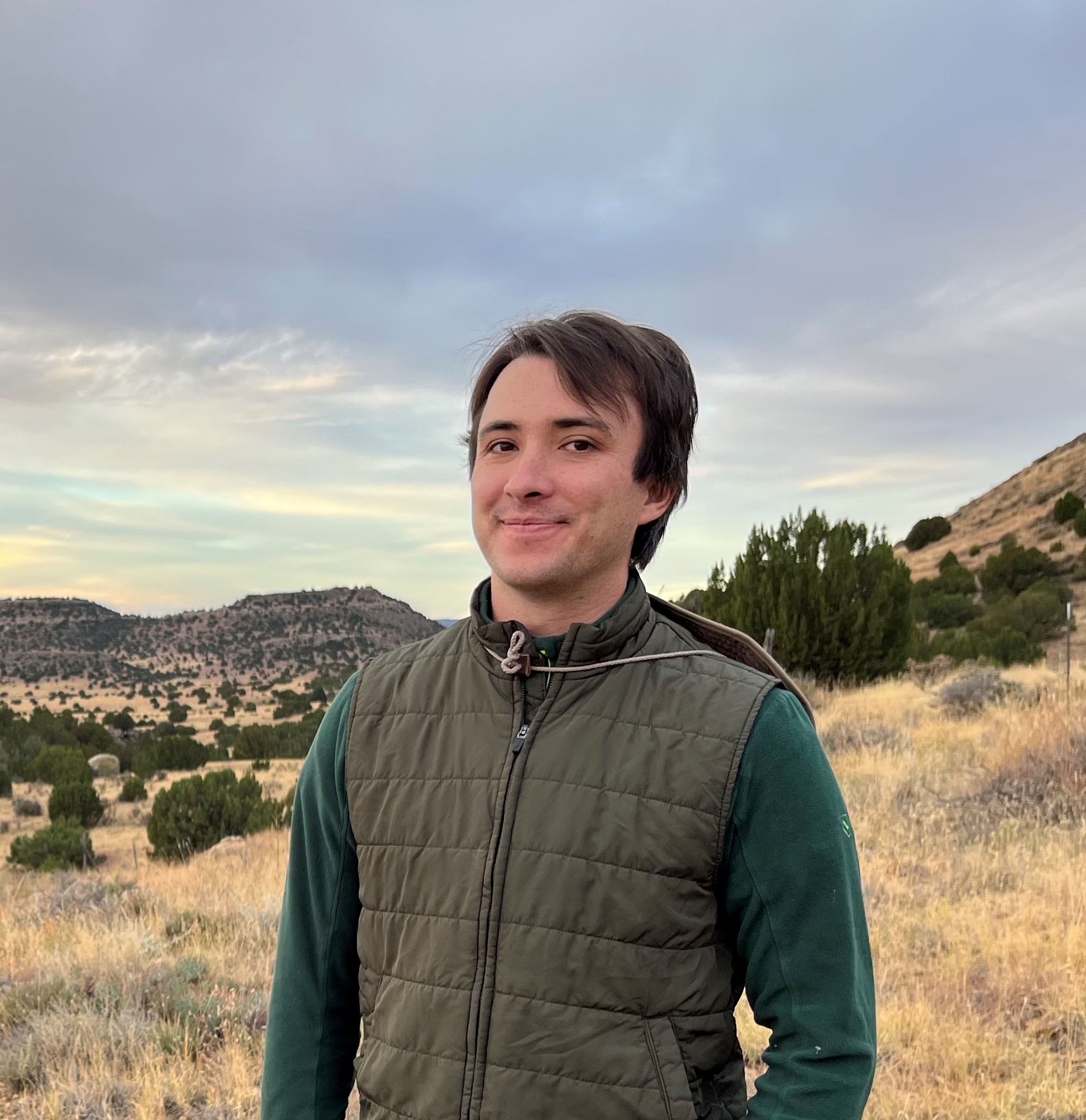Bio
I am an archaeologist investigating the emergence, trajectories, and long-term impacts of urbanism in tropical environments. I specifically focus on the interconnected urban societies of the Swahili Coast in eastern Africa and across the Indian Ocean, drawing on perspectives in historical ecology and landscape archaeology. I have extensive experience organizing and directing archaeological research projects and successfully integrating traditional survey and excavation techniques with advanced geospatial technologies, community-based research design, and training and mentoring for early career scholars from underrepresented and underserved backgrounds.
Additionally, I have written about:
- social transformation
- archaeological predictive modeling
- non-elite political strategies
- studying archaeological landscapes with Planet satellites
- doing archaeology in rapidly urbanizing environments
- the anthropogenic legacies of baobab trees in eastern Africa
- Raiding, refuge, and mobility in the Swahili world (in press)
I received my PhD from the Department of Anthropology at the University of California, Berkeley in 2022. My research has been funded by the National Science Foundation, the Wenner-Gren Foundation, the Andrew Mellon Foundation, Universitas 21, and the National Endowment for the Humanities. I am also an incoming Marie Curie postdoctoral fellow at Cambridge University.
Projects
I am currently a visiting research scholar at the Institute for the Study of the Ancient World at New York University, where I am using remote sensing and environmental datasets to model resource landscapes related to the earliest exchanges between eastern Africa and the Indian Ocean economic system of late antiquity.
I am co-directing the CALOR project in Tanzania, exploring social reorganization, connectivity, and adaptations to climate change and environmental disaster on the eastern African Swahili Coast.
As a National Science Foundation Fellow at the Center for Advanced Spatial Technologies at the University of Arkansas, I directed the Zanzibar Urban-Rural Complexity Project (ZURCP) from 2022-2024. This project investigated urban emergence and change around Zanzibar Stone Town, one of the largest and longest-lasting urban centers on the Swahili Coast. We successfully leveraged satellite and drone imagery to model areas where archaeological surveys could detect archaeological sites within the interstices of the rapidly urbanizing modern city.
For my PhD thesis at UC Berkeley, I explored rural Swahili adaptations to elite emergence and colonialism in northern Zanzibar, using field surveys and satellite remote sensing to assess settlement reorganization and land-use change.
Analyzing ceramics with students and members of the Zanzibar Department of Museums and Antiquities, summer 2023.
Why Africa?
Why practice archaeology in Africa? As an anthropological archaeologist, I am motivated by big questions: What processes led humans to start intensifying food production? Why did people start living in large, specialized urban societies? Finally, how did people in the past exchange goods and ideas over vast distances, creating early globalized societies, and what types of environmental and climatic conditions impacted these changes? These complex activities are recent and emergent human experiments, the long-term outcomes of which are yet unclear. Likely, they will have drastic implications for the course of our species and planet, so it is vital to understand their timing, nature, and impacts for the present and future.
African archaeology demonstrates that processes leading to environmental change, food production, connectivity, and urbanism developed along unique and diverse pathways on the continent, in ways that continually force us to rethink global anthropological understandings of these trajectories. For instance, in East Africa, urban mercantile societies coexisted alongside hunter-gatherer, pastoralist, and intensified agriculturalist foodways for many centuries, and class stratification occurred in the absence of any overarching territorial state. Tropical environmental conditions also created unique, low-density urban-rural arrangements that differ from comparable urban developments in other parts of the world.
Africa has enormous global significance but it is understudied, and therefore misunderstood. Investigating anthropological questions in Africa also means countering outdated assumptions about the region, like the notion that African societies were historically static, or dominated by environmental factors. These ideas could not be further from the truth, and archaeology is uniquely suited to reveal the dynamic societies of the African past, and help to address challenges of the African and global present.
Swahili tomb, Kunduchi, Tanzania.
Research Agenda
My research spans the last 2000 years of East African history, from the earliest migrations of pastoralists, foragers, and agriculturalists to the eastern African coast to the emergence of socially stratified, urban mercantile societies and local responses to colonial rule. I investigate the factors that shaped sedentism, urbanism, and the formation of hierarchical and heterarchical social arrangements in Swahili towns and cities, and use regional-scale environmental data to theorize the anthropogenic impacts of these activities. This research highlights the agency of small-scale, non-elite, and rural societies in shaping transformations at the scale of landscapes, regions, and global socioecological systems.
This long-term approach bridges disciplinary siloes of prehistory-history or precolonial-colonial periodization which artificially limit our understandings of social processes. Furthermore, I draw on the insights of archaeological data in the longue durée to inform contemporary approaches to Anthropocene challenges like climate change.
Methodologically, my engagement is with geospatial technologies for archaeology. I use GNSS mapping, UAVs, multispectral satellite imagery, historical maps, and spatial statistics to model environments and to help understand human settlement trends across large regions. In my work I seek to develop free and open-access methods for geospatial and archaeological research, enabling broader participation in archaeological science for places without the funding or licensing agreements to obtain cutting-edge geospatial hardware and software. In particular, I have translated GIS workflows from ArcGIS to QGIS and worked with freely available satellite imagery, like PlanetScope.
I am committed to collaborative engagements with local communities and stakeholders, public outreach, and decolonial approaches to archaeological practice. In Zanzibar, this has meant practicing archaeology in the Swahili language, holding community meetings during and after field surveys, disseminating archaeological reports in Swahili to local communities, and training Tanzanian archaeologists. I have developing collaborations with the Department of Museums and Antiquities in Zanzibar, and the Department of Archaeology and Heritage Management at the University of Dar es Salaam.
Mangroves and the sea, Fuoni, Zanzibar
